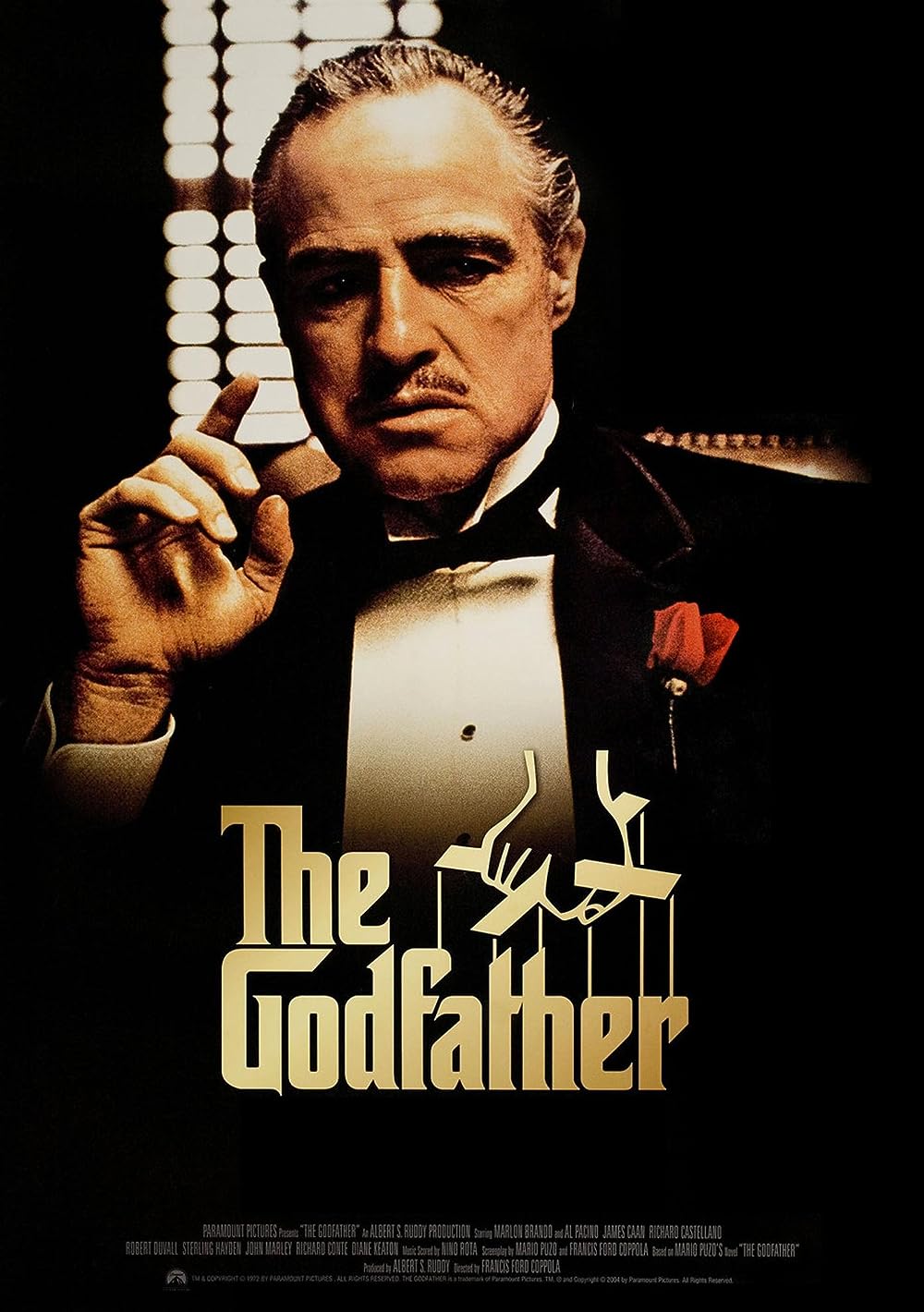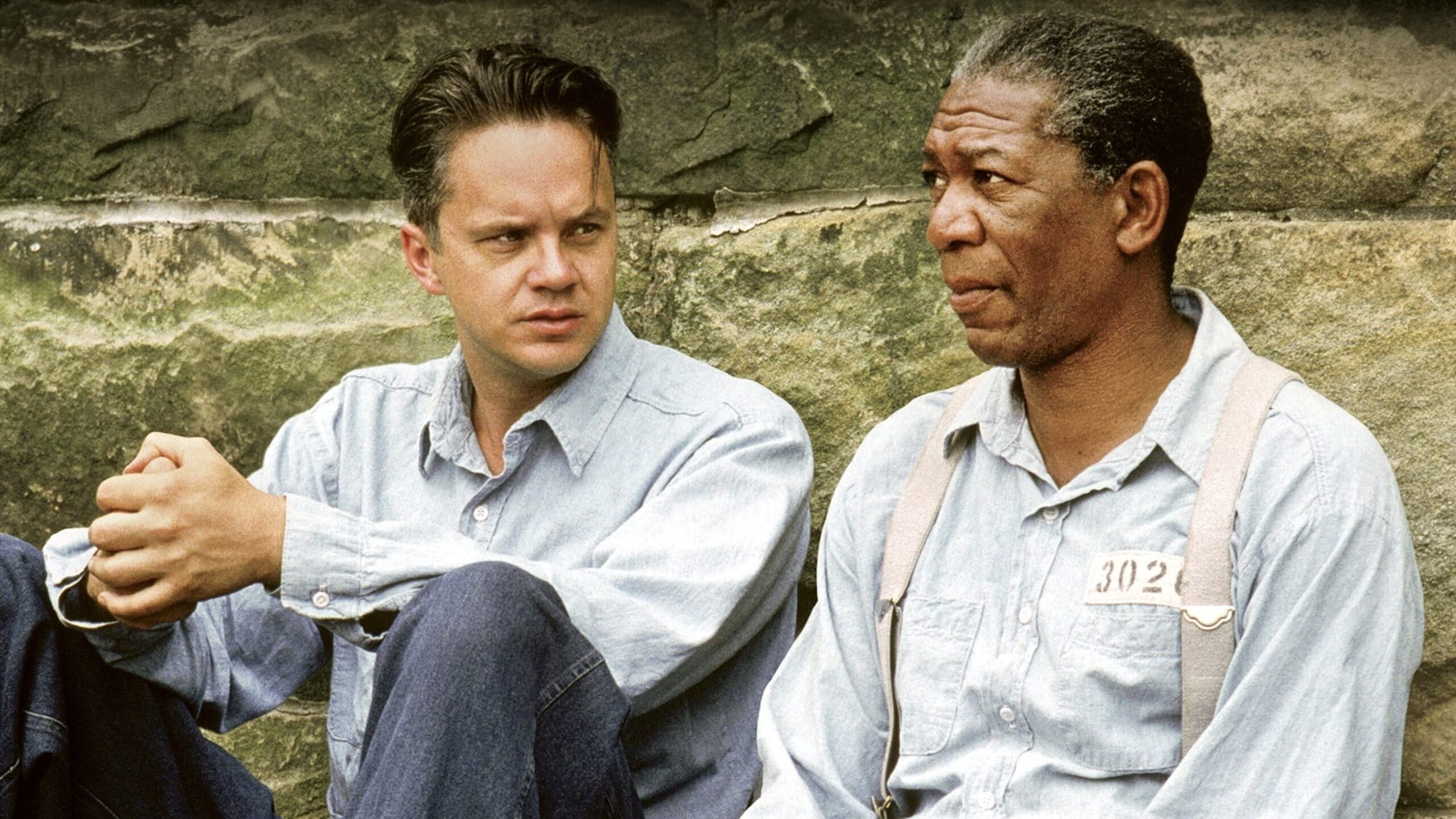Best Movies To Watch ‘The Godfather’. “The Godfather” is not just a movie; it’s a cultural phenomenon, a landmark in cinematic history that has left an indelible mark on audiences worldwide. Directed by Francis Ford Coppola and released in 1972, the film is an adaptation of Mario Puzo’s best-selling novel of the same name. Set in the post-World War II era, “The Godfather” chronicles the saga of the Corleone crime family, led by the iconic figure of Vito Corleone (Marlon Brando) and later his son Michael (Al Pacino).
At its core, “The Godfather” is a story about power, loyalty, and family, set against the backdrop of organized crime in America. The film opens with the opulent wedding of Vito’s daughter, Connie, a scene that introduces us to the sprawling cast of characters that populate the Corleone universe. From the outset, it’s clear that this is no ordinary family; they operate by their own rules, wielding power and influence in equal measure.
Central to the film’s narrative is the character of Vito Corleone, the aging patriarch of the family. Marlon Brando’s performance as Vito is nothing short of iconic, a masterclass in understated power and gravitas. From his very first scene, Brando commands the screen, exuding a sense of authority and wisdom that is impossible to ignore. Vito’s moral code, rooted in principles of loyalty and respect, serves as the guiding force for the Corleone family, even as the world around them descends into chaos.
But if Vito is the heart of “The Godfather,” then Michael is its soul. Initially portrayed as the reluctant outsider, Michael is drawn inexorably into the family business following an attempt on his father’s life. Al Pacino’s portrayal of Michael’s transformation from a naive college boy to a ruthless mafia boss is nothing short of mesmerizing. With each passing scene, we witness Michael’s gradual descent into darkness, as he embraces the brutal realities of his new role.
One of the film’s most compelling aspects is its exploration of the tension between tradition and modernity. As Vito’s power wanes and Michael’s star rises, we see the clash between the old guard and the new generation. Vito represents the old way of doing things, rooted in honor and respect, while Michael embodies the ruthless pragmatism of the modern era. It’s a conflict that plays out on both a personal and societal level, mirroring the broader changes sweeping through post-war America.
Visually, “The Godfather” is a feast for the eyes, with Coppola’s direction and Gordon Willis’s cinematography combining to create a world that is both lush and menacing. From the dimly lit interiors of the Corleone compound to the bustling streets of New York City, every frame is meticulously crafted, evoking a sense of time and place that is palpable. The film’s score, composed by Nino Rota, further enhances the mood, with its haunting melodies adding depth and emotion to the storytelling.
But perhaps the most enduring legacy of “The Godfather” lies in its cultural impact. The film has spawned countless imitators and inspired generations of filmmakers, its influence evident in everything from television dramas to gangster rap. It’s a testament to the enduring power of storytelling, and to the universal themes that resonate across time and space.
In conclusion, “The Godfather” is more than just a movie; it’s a masterpiece of cinema that continues to captivate audiences more than four decades after its release. With its compelling characters, intricate plot, and stunning visuals, it stands as a towering achievement in the annals of film history. And like all great works of art, it invites us to ponder life’s big questions – about power, about family, and about the choices we make that shape our destinies.


